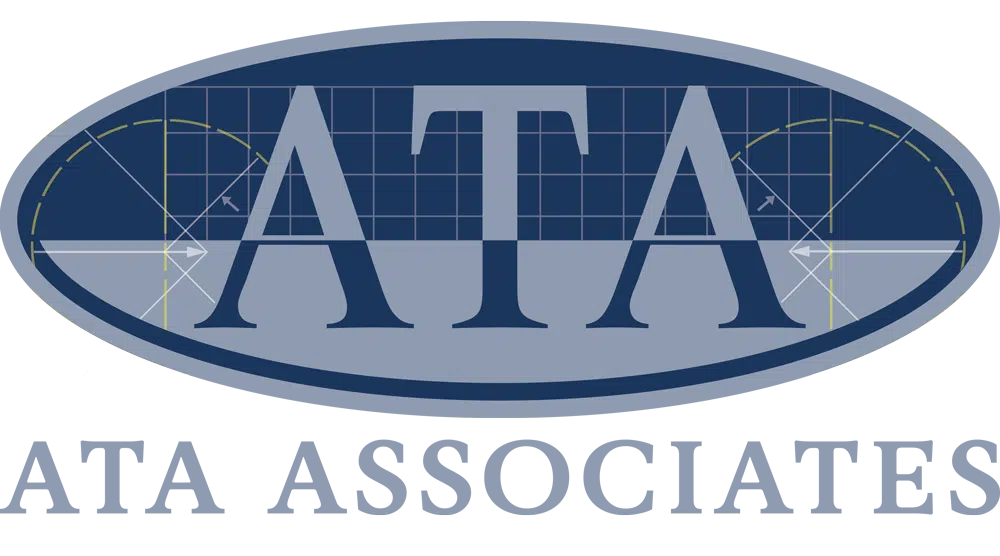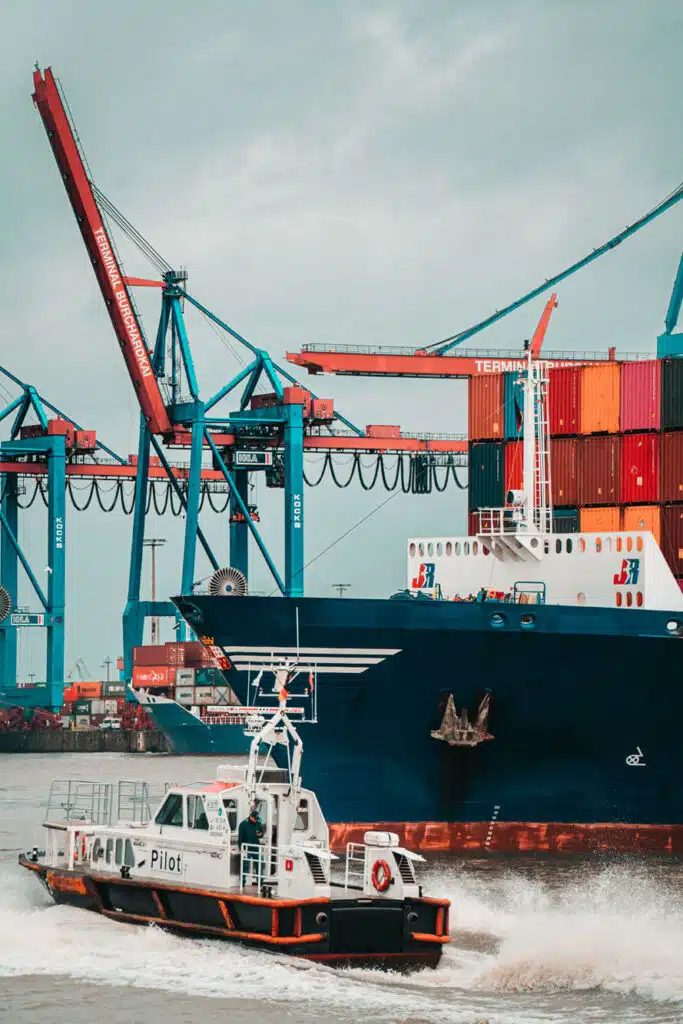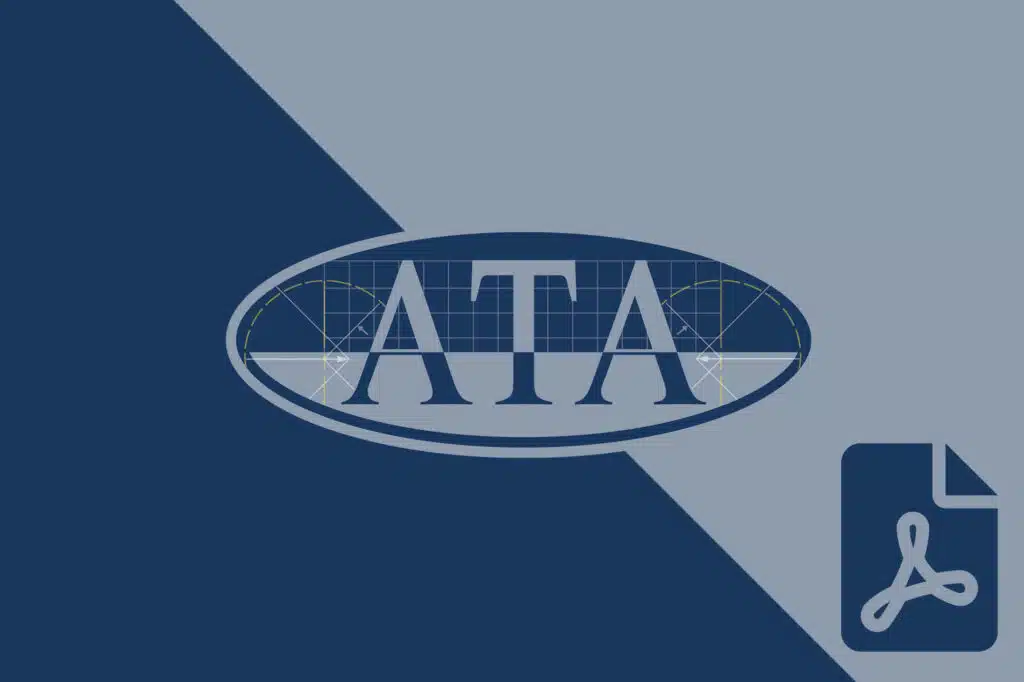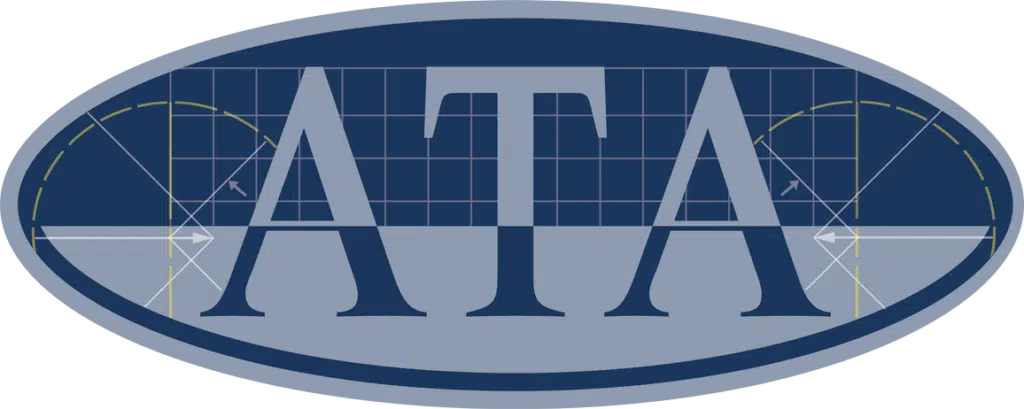Whether it’s a complex international shipping incident or a recreational boating accident, maritime-related litigation is rarely simple. With a multitude of stakeholders and contributing factors, each case demands a thorough understanding of the intricacies of maritime law and operations.
ATA Associates’ team of maritime experts brings decades of experience to the table, adeptly employing reconstruction techniques and other investigative methodologies to unravel the complexities of maritime incidents. We delve into the hazards, dangerous conditions, causation, notice, and standards of care that underpin these cases.
Our expertise encompasses a broad spectrum of maritime domains, including:
- Marine Operations: Our experts possess in-depth knowledge of mariner and boater operational decisions, ensuring that your case is grounded in the nuances of maritime operations.
- Marine Engineering: We have a team of marine engineers who can assess vessel seaworthiness and address technical and engineering issues crucial to your case.
- Port Operations: Our experts in port operations can shed light on the complexities of port operations and their role in maritime incidents.
- Towing, Fishing, and Offshore Energy Industries: We have a wealth of experience in the towing, fishing, and offshore energy industries, understanding the unique hazards and challenges faced by workers in these sectors.
- Personal: Pleasure Craft, Jetskis, Watercraft
- Vessel Navigation and Tracking
Marine incident investigation involves selected accidents on or under the navigable inland waters of the United States, and accidents involving US-flagged vessels that occur beyond US waters.
ATA Associates has decades of experience dealing with marine issues and has an established team of qualified experts in:
- Naval Architects
- Marine Safety Analysis
- Navigation / Piloting / GPS
- Vessel Inspection / Documentation
- Graphical Analysis
ATA offers cutting-edge technology in maritime incident investigations. ATA Associates’ Marine Team is committed to delivering in-depth understanding and support in all matters concerning PWCs.



